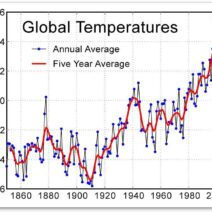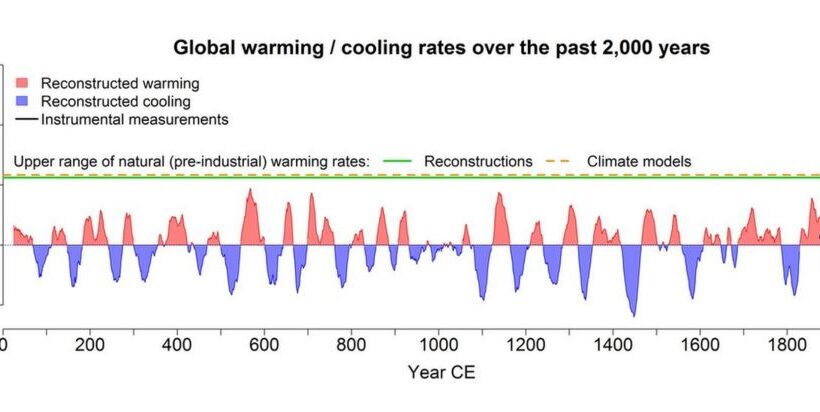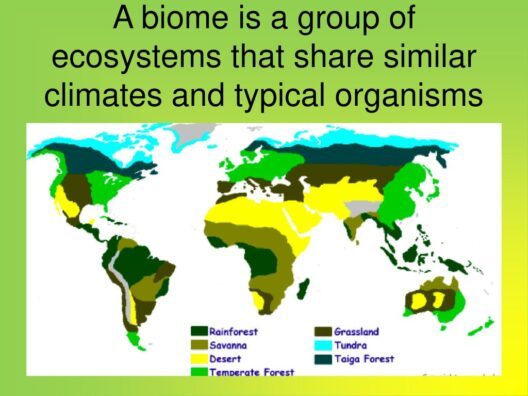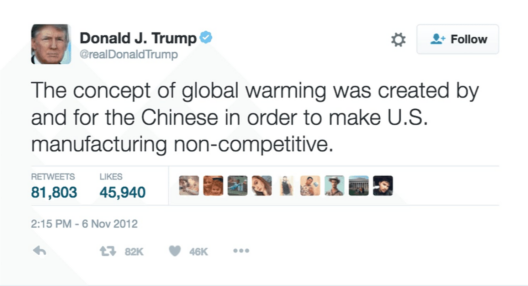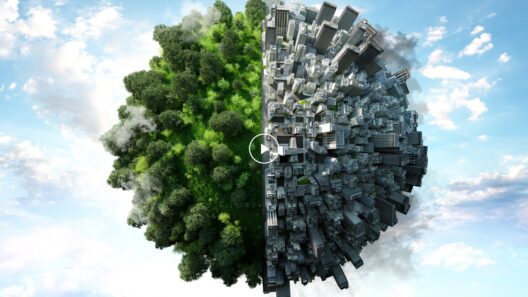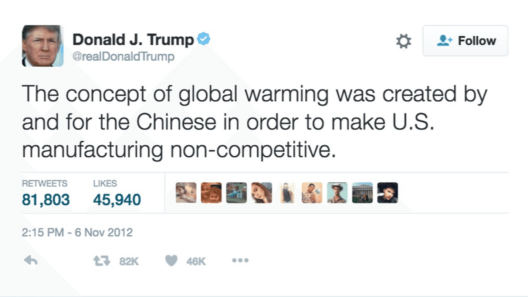Global warming, an inexorable phenomenon that has dramatically reshaped our planet, is intrinsically linked to the industrial revolution of the late 18th century. While the last century has witnessed astounding technological advancements and profound societal changes, it has also heralded a substantial increase in global temperatures. This transformation, stemming largely from human activities, epitomizes a paradox of progress; as societies prosper, the environment suffers. Understanding this intricate relationship between industrialization and climate change is pivotal for grasping the broader implications of our current trajectory.
The onset of the industrial revolution marked the beginning of a new era, characterized by an exponential rise in the consumption of fossil fuels. Coal, oil, and natural gas became the lifeblood of industrialized nations, powering machinery, transportation, and the burgeoning urban landscape. This shift from agrarian economies to industrial ones encouraged an unprecedented proliferation of carbon emissions. Atmospheric carbon dioxide levels are now over 410 parts per million, significantly higher than pre-industrial levels of approximately 280 parts per million. This spike illustrates not only the scale of industrial output but also the corresponding environmental degradation it has wrought.
In the 100 years since the start of the 20th century, global temperatures have risen by approximately 1.2 degrees Celsius. This warming trend far exceeds natural variability and signals a concerning departure from historical climate stability. Increased greenhouse gas concentrations lead to the greenhouse effect, trapping heat in the atmosphere and precipitating catastrophic weather phenomena. Extreme temperatures, droughts, hurricanes, and flooding have become more frequent and severe. For instance, the increased intensity of hurricanes, such as Hurricane Katrina and Hurricane Harvey, underscores the traumatic interplay between climate change and severe weather conditions.
A deeper examination reveals that this transformative warming is not merely a scientific concern but a tangible threat to human life and ecosystems. The ramifications of climate change are pervasive. Ecosystems are struggling to adapt to changing conditions, leading to altered habitats and threatening biodiversity. Species extinction rates have accelerated, with numerous plants and animals unable to keep pace with the rapid shifts in climate. Coral reefs, often dubbed the “rainforest of the sea,” face severe bleaching as ocean temperatures rise and acidity increases. The loss of these vital ecosystems has devastating effects, not only diminishing marine biodiversity but also endangering the livelihoods of millions who depend on them.
The anthropogenic influence on climate is compounded by myriad feedback loops within Earth’s systems. Melting polar ice caps, for instance, reduce the albedo effect—wherein ice reflects sunlight—leading to further warming. Moreover, as permafrost thaws, it releases long-stored greenhouse gases, notably methane, thus exacerbating the situation. Such illustrations highlight the interconnectedness of climate systems and the dire necessity for comprehensive environmental stewardship.
Furthermore, the socio-economic consequences of climate change are profound. Vulnerable communities—often those who contribute the least to greenhouse gas emissions—bear the brunt of environmental upheaval. Extreme weather events displace populations, increase food scarcity, and stimulate health crises, engendering social and economic instability. The resulting disparity raises ethical questions about climate justice and the responsibility of developed nations toward those on the frontline of climate impacts. Adopting a more equitable approach to climate policies is essential for fostering resilience in vulnerable populations.
Climate change is not just an environmental crisis; it is a philosophical and existential dilemma that compels a re-evaluation of humanity’s place on Earth. The fascination surrounding global warming often stems from its universality; it is a shared experience that transcends borders, cultures, and economic status. Delving into the scientific and historical dimensions of climate change prompts a deeper appreciation for the intricate and delicate balance that sustains life on Earth. Understanding the historical roots of our current climate predicament provides crucial insights for shaping effective responses.
To combat climate change, a multifaceted approach is vital. Transitioning toward renewable energy sources—solar, wind, and geothermal—can significantly reduce carbon footprints and mitigate climate impacts. Governments, industries, and individuals must collaborate to foster innovation in sustainable technologies, enhance efficiency, and promote conservation initiatives. Furthermore, integrating climate education into curricula encourages the next generation to engage critically with environmental issues, fostering a culture of awareness and responsibility.
The role of policy cannot be overstated. Comprehensive climate policies, such as those outlined in international agreements like the Paris Agreement, aim to limit global temperature rise to well below 2 degrees Celsius above pre-industrial levels. While these frameworks provide a blueprint for action, effective implementation hinges on the commitment of governments, corporations, and civil society to uphold their pledges and allocate necessary resources.
As we navigate the complexities of an increasingly warming world, it is imperative to foster a collective sense of urgency. Climate change is not a distant threat; it is happening now, affecting ecosystems, economies, and communities across the globe. Awareness must evolve into action, galvanizing individuals and institutions alike to commit to meaningful change. The legacy of the industrial revolution should not merely be one of exploitation but of stewardship—a call to protect and preserve the planet for future generations.
In conclusion, the last century of warming encapsulates a transformative journey marked by human ambition and environmental consequence. The evolution of our planet since the industrial revolution serves as a testament to both our ingenuity and our folly. As history unfolds, the choices we make today will reverberate throughout the ages, shaping the future of our planet. Indeed, the fascination with climate change lies not solely in the science but in the intersection of human stories and the very fabric of life itself—an urgent narrative demanding our immediate attention and action.
